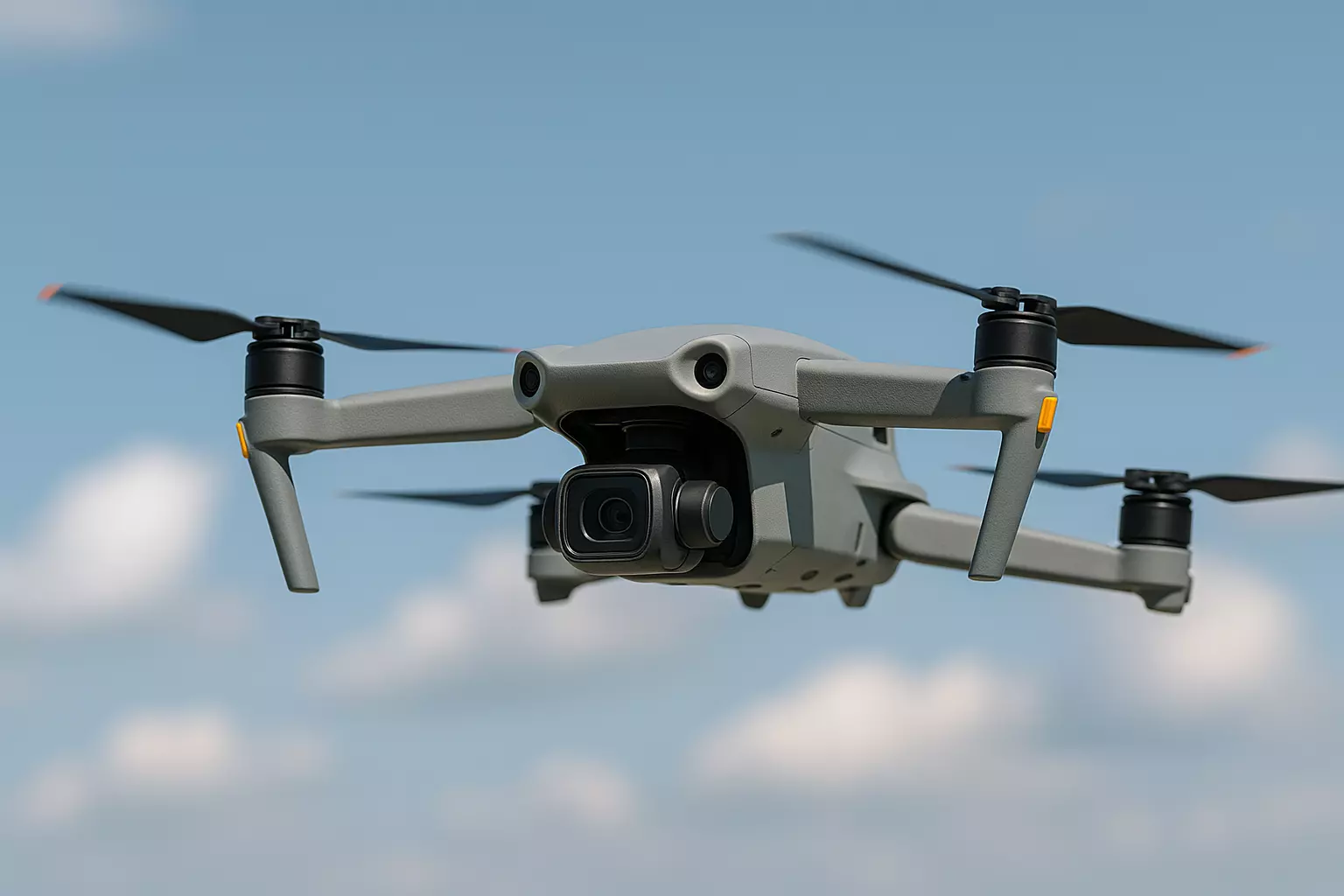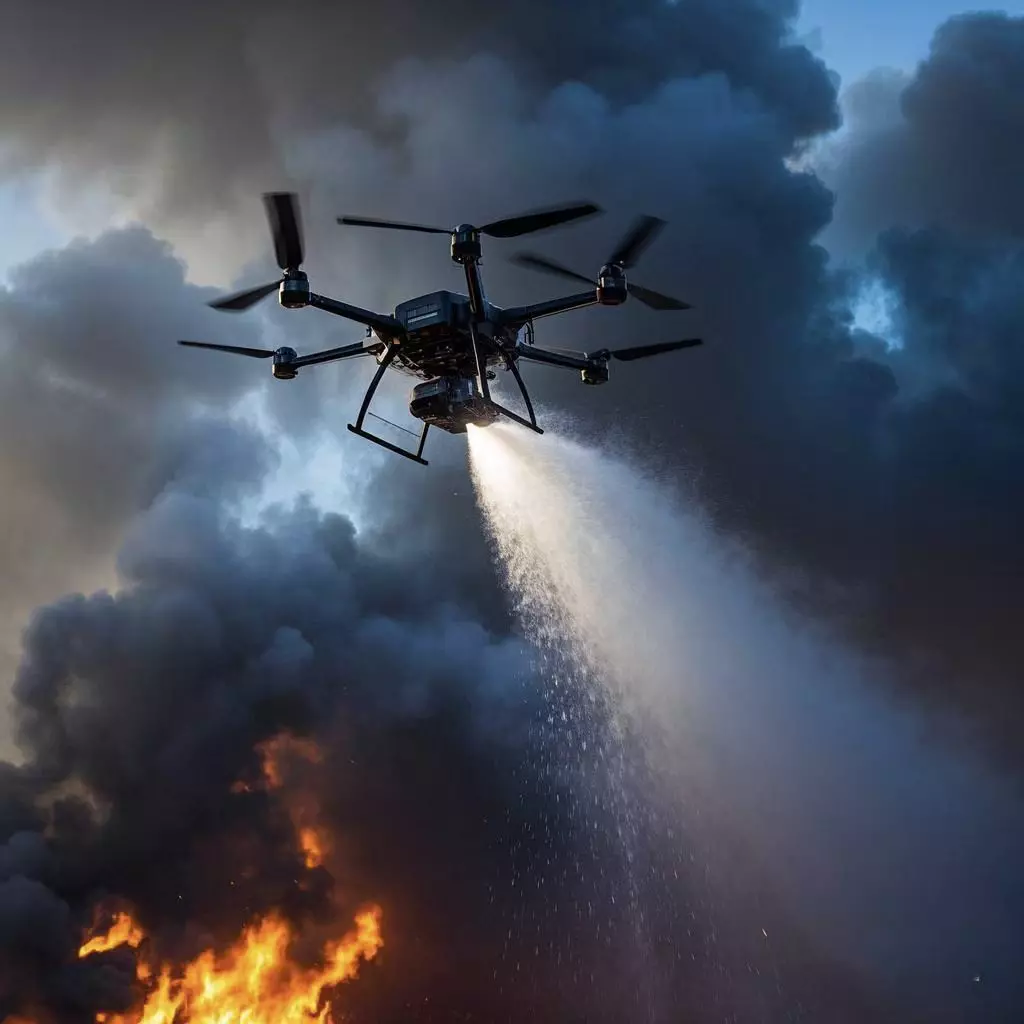Powering the Future: The Role of Module Power Supply in Unmanned Equipment and UAVs
1. The Rise of Unmanned Equipment
Unmanned equipment has become one of the fastest-growing segments in modern technology. From autonomous delivery robots to industrial drones and unmanned ground vehicles (UGVs), the global shift toward automation has accelerated investment and innovation in this sector.
According to MarketsandMarkets, the global unmanned systems market is projected to grow from USD 17.5 billion in 2024 to USD 32.9 billion by 2030, at a CAGR of 11.2%. This explosive growth is driven by demand for smart surveillance, logistics automation, and remote operation in hazardous environments.
1.1 Key Categories of Unmanned Equipment
-
UAV (Unmanned Aerial Vehicle) – widely used in agriculture, military, logistics, and energy inspection
-
UGV (Unmanned Ground Vehicle) – deployed for warehouse logistics, defense patrols
-
USV (Unmanned Surface Vehicle) – used in maritime surveillance and ocean mapping
-
UUV (Unmanned Underwater Vehicle) – utilized in underwater research and oil pipeline inspection
Each of these systems depends heavily on compact, reliable power sources to function under diverse environmental conditions.

2. UAV Focus: Classification, Applications, and Global Market
Unmanned Aerial Vehicles (UAVs), commonly known as drones, represent the most dynamic part of the unmanned equipment ecosystem. Their agility, scalability, and adaptability have revolutionized both military and civilian sectors.
2.1 UAV Classification
| Category | Size & Weight | Typical Use Cases |
|---|---|---|
| Micro UAV | < 1 kg | Indoor surveillance, hobbyist |
| Mini UAV | 1–20 kg | Agricultural spraying, mapping |
| Tactical UAV | 20–150 kg | Border patrol, emergency aid |
| MALE/HALE UAV | > 150 kg | Long-range military surveillance |
2.2 Applications Across Industries
-
Agriculture: Precision spraying, crop monitoring
-
Logistics: Last-mile delivery, warehouse automation
-
Military: Reconnaissance, target tracking
-
Energy: Powerline inspection, pipeline monitoring
-
Construction: Aerial mapping, progress tracking

2.3 Global Export and Market Overview
The civil UAV market alone is expected to exceed USD 38 billion by 2027. Key exporters include:
-
China – accounting for over 70% of global consumer drone exports (Source: Statista, 2024)
-
USA – strong in commercial and defense-grade UAVs
-
Israel & Turkey – dominant in tactical and long-range UAV system
3. Powering UAVs: The Role of Module Power Supply
3.1 Power Challenges in UAV Design
UAV systems require lightweight, compact, and efficient power solutions. Key design constraints include:
-
Limited payload and volume
-
High energy efficiency demand
-
Thermal management under load
Traditional linear power systems are no longer suitable. Instead, modular power supplies offer greater flexibility, miniaturization, and system integration.
3.2 How Module Power Supplies Support UAV Systems
| UAV Component | Power Requirement | Suitable Power Module |
|---|---|---|
| Flight Controller | 3.3V / 5V ± 5% Stable Output | Low-noise DC-DC Converter |
| Brushless Motors | High-current 12–48V | High-efficiency Step-down |
| Cameras & Sensors | 5V / 12V with isolation | Regulated Isolated Modules |
| Data Transmission | Ripple-free 12V | EMI-suppressed Power Modules |

These modular supplies ensure voltage stability, EMC compliance, and heat dissipation, even in extreme airborne conditions.
3.3 Selection Guide for UAV Module Power Supply
When choosing a suitable module power supply for UAVs, consider:
-
Power Density: Maximize W/cm³ to reduce payload
-
Thermal Design: Active/passive heat management
-
Input Range: Wide input voltage (e.g., 8–36V or 10–60V) for battery compatibility
-
Isolation & Protection: For EMI-sensitive components like RF transmitters
-
Weight Optimization: Use of aluminum casing, miniaturized designs
Our featured series includes:
-
MZP Series (5~30W) – ideal for UAV onboard electronics
-
MZB Series (50~100W) – high-efficiency for motor control systems
-
Custom UAV Modules – tailored for ultra-lightweight or rugged military drones
3.4 Importance in UAV Charging Systems
Drones typically rely on ground-based intelligent charging stations or onboard solar-assisted charging. Our modular power supply units support:
-
Fast charging circuits with CC/CV algorithms
-
Battery management system integration
-
Portable charging cases with built-in MPPT and power conversion modules
This makes modular power supplies an essential link in the full UAV energy loop — from power generation to in-flight consumption and recharging.
4. Conclusion: Why High-Performance Module Power Supply Matters
In the fast-evolving world of UAVs and unmanned systems, power reliability equals mission success. A well-designed module power supply ensures:
-
Longer flight time
-
System safety and reliability
-
Lower maintenance costs
-
Greater integration potential
At Guangdong Mingzinc Technology Co., Ltd, we specialize in high-efficiency, custom-tailored module power solutions for unmanned applications. Our engineering team supports:
✅ UAV R&D teams
✅ Drone OEMs
✅ Energy inspection fleets
✅ Defense solution providers
Contact us today to discuss your UAV power supply requirements — we build the power behind your flight.
Learn more about our products: Click here




